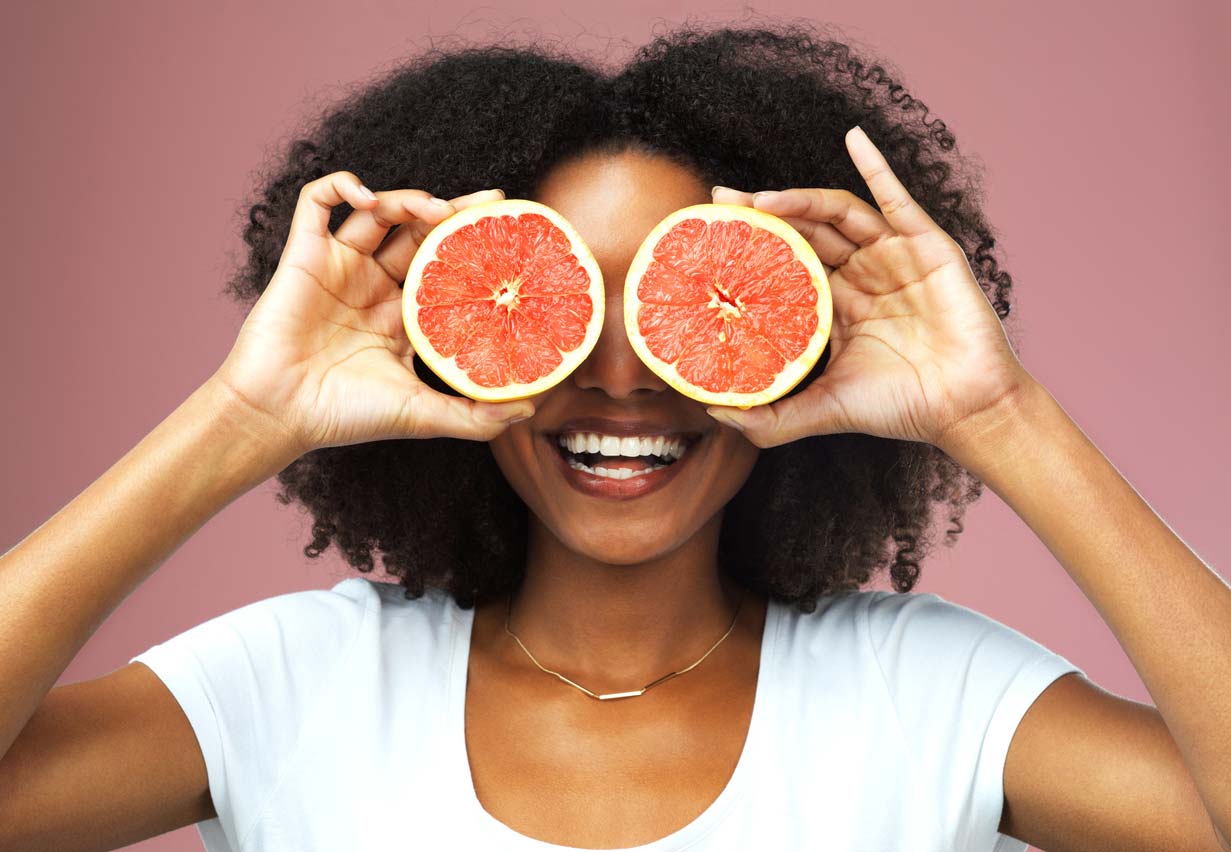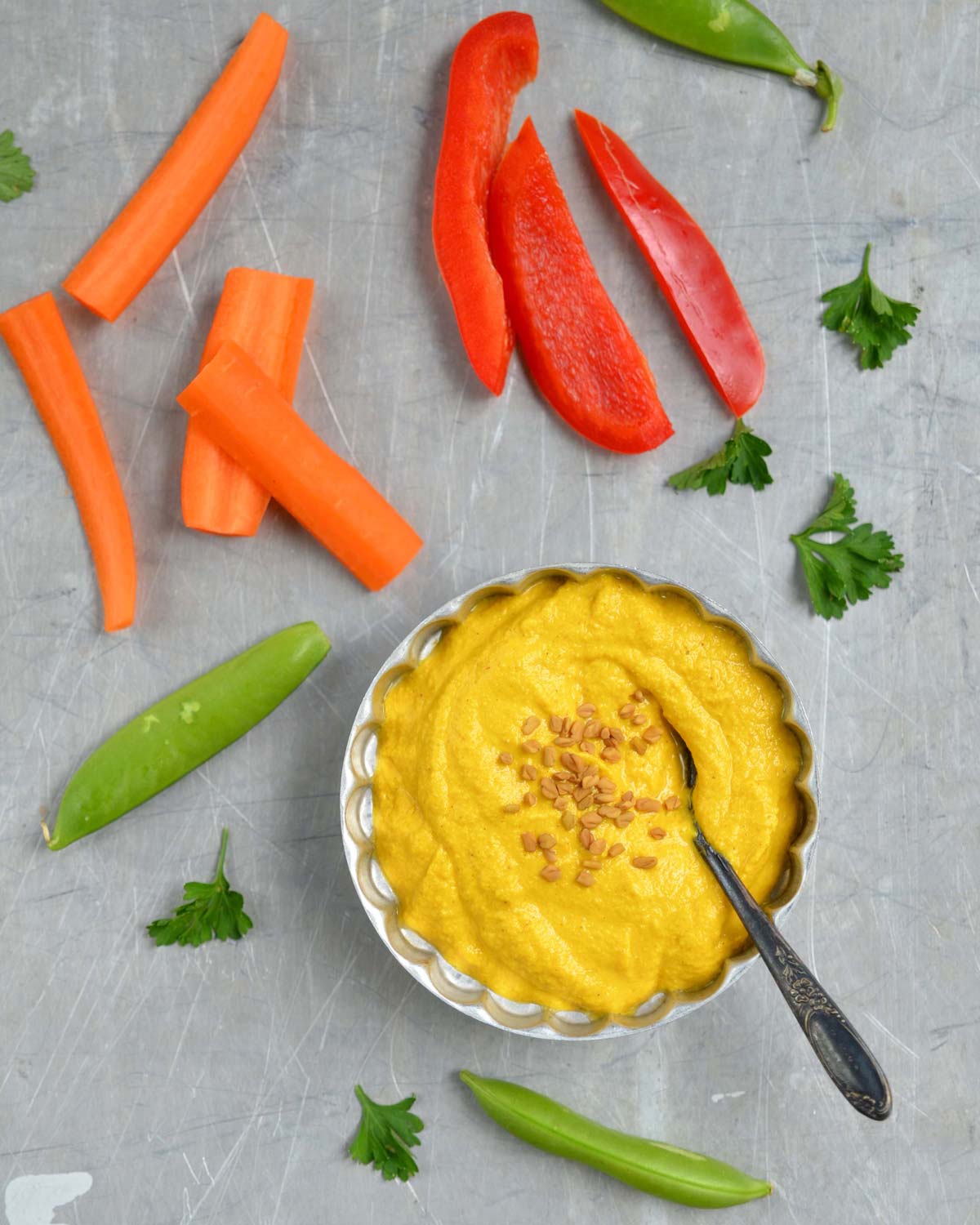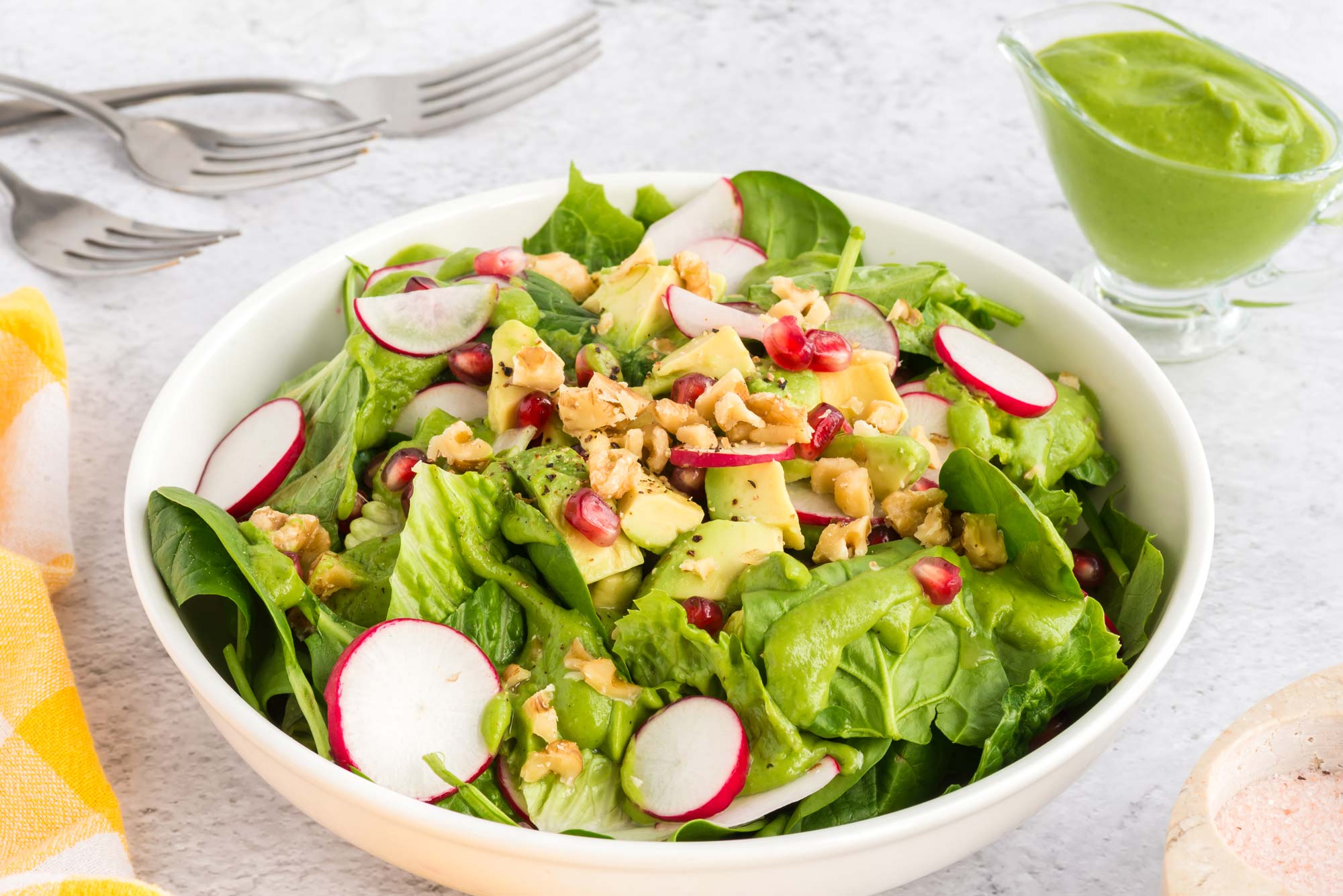Our sense of sight is one of the most powerful ways we can navigate this world and appreciate its wonders. But vision is also something that many of us take for granted.
While vision can be impaired or lost for many reasons — including accidents, infection, or congenital and genetic causes — there’s a lot you can do to protect your eyesight. You can lower your risk for certain eye diseases, slow the progression of age-related vision loss, and protect your ability to see clearly. In this article, you’ll learn how to take care of your eyes, so they last as long as you do.
Medical Conditions That Can Affect Your Eyes and Vision

The eyes aren’t only windows to the soul; they’re also windows into your overall health. For some conditions, like autoimmune diseases and allergies, eye problems may be the first warning signs. For other conditions, like diabetes, vision loss can develop as the disease progresses. Let’s take a look at several medical conditions that can affect your eye health either in the short- or long-term.
Diabetes
You may know that having too much sugar circulating in your bloodstream — a hallmark of all forms of diabetes — can increase your risk for heart disease, high blood pressure, stroke, and infection. But did you know that it can also harm your eyes? High blood sugar damages the layer of cells that forms the retina, causing them to swell or even leak. This is a condition called diabetic retinopathy, and it’s one of the most common vision problems associated with diabetes. If left untreated, it can lead to blurry vision that progresses to blindness.
Diabetic retinopathy and poorly controlled diabetes can also lead to other serious eye conditions:
Diabetic macular edema
This eventually affects approximately 50% of people with diabetic retinopathy. When blood vessels in the eyes leak fluid and the macula swells, vision becomes blurry due to the extra fluid. (For more info on the macula and why it’s crucial to good vision, see the section below on macular degeneration.)
Neovascular glaucoma
Having diabetic retinopathy can cause blood vessels to grow abnormally out of the retina. The retina, one of the most important parts of the eye, is the thin layer of cells in the back of the eyeball that convert light into neural signals that the brain interprets as vision. Retinopathy can prevent fluid drainage from the eye and cause a type of glaucoma, a condition associated with high eye pressure that damages your optic nerve.
Open-angle glaucoma
Having diabetes doubles the risk of developing this type of glaucoma, in which a clog develops deep in the optical system. It’s often caused by eyes producing too much fluid, creating a high-pressure backup. This is the most common form of glaucoma and typically occurs in both eyes.
Cataracts
These are cloudy spots in the lens of the eye that make it difficult to see. Having diabetes increases the risk for developing cataracts by two to five times, and makes them more likely to occur earlier in life. Fortunately, surgeries to remove cataracts are usually safe, effective, and deeply appreciated by those who need them. But prevention is always preferable.
Retinal detachment
This condition, in which the retina physically pulls away from the back of the eye, can be caused by scars that form as a result of diabetic retinopathy.
For the top foods to eat and to avoid in order to prevent or reverse type 2 diabetes, click here.
Harness the Power of Nutrition
in Fighting Diabetes
Explore the latest scientific breakthroughs
in using diet and lifestyle changes to prevent and reverse type 2 diabetes.
Dive into the FREE

Discover practical, science-backed
strategies for a healthier life.
Watch Now
Macular Degeneration
Macular degeneration is the leading cause of vision loss, impacting more people than cataracts and glaucoma combined. In this incurable eye disease, the macula, or the center of the retina, deteriorates. The macula is a very important part of the eye involved in seeing and understanding images — pretty much everything we look at on a daily basis. It controls your recognition and reading capabilities, focusing, and the ability to notice fine details.
Interestingly, research suggests that the same factors that fuel coronary heart disease may contribute to the progression of macular degeneration. It turns out that buildup of plaque in blood vessels, also known as atherosclerosis, contributes to both diseases. Keeping your arteries clean prevents heart disease. While keeping the vessels in your eyes healthy keeps your vision working properly. And luckily, the same diet and lifestyle elements work on both sets of tubes!
To find out about the top heart-friendly (and eye-friendly!) foods, click here.
High Blood Pressure
High blood pressure, or hypertension, is a condition in which there’s significant pressure from your blood pushing against your artery walls. The pressure in your blood can build up so much that it actually damages blood vessels in your eyes. This can lead to accumulation of fluid under the retina (called choroidopathy), retinopathy, and nerve damage (called optic neuropathy) that can lead to bleeding within your eye or even loss of vision.
Hypertension is known as the “silent killer” because it usually doesn’t cause noticeable symptoms while still being a significant risk factor for fatal cardiovascular events. If “the eyes have it,” that’s a powerful and hopefully timely warning sign to address high blood pressure before it affects more than vision.
To find out how you can use diet and lifestyle to lower high blood pressure, click here.
Allergies
I know a lot of people who spend all spring looking like they just heard really bad news: red eyes, tears, nose running. Many people experience itchy eyes due to allergic reactions to pollen or other airborne pollutants. Some of these reactions may be mild, but others can be debilitating, as the eyes can be extremely sensitive to certain allergens.
Exposure to allergens can cause immune responses that lead to conjunctivitis, as well as dry, red, inflamed, and watery eyes. When eyes are exposed to allergens, they start to produce histamine — a substance that helps fight off the irritant. Common allergens that affect the eyes include pollen, dust, pet dander, perfumes, mold, and smoke.
If you notice that your eyes respond in this way and you suspect allergies, it’s a good idea to get tested so that you can keep potential allergens under control and protect your eyes. And again, diet and lifestyle can come to the rescue by reducing the load on your immune system, so the same allergens will be experienced in a much milder way.
Autoimmune Disease
An autoimmune disease is a condition in which the body has an abnormal immune response, leading it to attack itself as if defending against a foreign invader. Surprisingly, eye-related complaints can be the first signs of several autoimmune diseases.
For example:
- Multiple sclerosis can start with complaints of double vision, oscillopsia (a word I just learned, which means a visual disturbance that looks like objects are moving when they’re not), or nystagmus (involuntary eye movement).
- Sjogren’s syndrome is sometimes diagnosed thanks to complaints of extremely dry or itchy eyes.
- Rheumatoid arthritis may present as inflamed corneas, fluid buildup in macular edema, or a dry eye condition called keratoconjunctivitis sicca.
To find out how you can use diet and lifestyle to prevent or reverse autoimmune disease, click here.
3 Lifestyle Tips for Eye Health

Type 2 diabetes, macular degeneration, high blood pressure, allergies, and autoimmune disease share something important in common: like many other chronic diseases, these conditions are largely influenced by diet and lifestyle choices. So even if you have a genetic predisposition to one or more of them, and even if you’re experiencing the early symptoms of worsening vision, you may be able to have a real impact on whether, when, and how they manifest. Below are three simple lifestyle tips for how to take care of your eyes. Incorporate them to keep your eyes, and your vision, as healthy as possible.
1. Don’t smoke
You probably don’t need another reason not to smoke, but just in case you do, here it is. Smoking causes changes in the eyes that can lead to irreparable vision loss. Smokers are two to three times more likely than non-smokers to develop age-related macular degeneration and cataracts. If you’re a smoker and need help quitting, check out these resources from the CDC.
2. Reduce screen time
If you’ve ever gotten sucked into a thrilling television show or documentary, you might have experienced dry eyes or even eye strain after you turned the screen off. When we look at screens for prolonged periods of time, whether it’s the TV, computer, or phone, we tend to blink less, which leads to dry eyes. While avoiding all screens is pretty much impossible these days, there are a few things you can do to help protect your eyes. Back up to create more physical space between your eyes and the screen. And take screen breaks regularly, especially if you have a job that requires long hours in front of one.
There’s some evidence that the high levels of blue light emitted by LED screens could damage our retinal cells and ultimately lead to age-related macular degeneration. You might want to turn on the nightlight feature or blue light blocker on your computer or phone screen — found in the settings on most devices — especially at night. Or use blue light blocking glasses, which you can find in a variety of designs and colors.
3. Last but NOT least: Eat an eye-healthy diet
Saturated fat and eating too many pro-inflammatory omega-6 fatty acids (found in junk food, industrial meat and dairy products, and the processed foods that make up much of the modern Western diet pattern) are bad for your eyes and can lead to macular degeneration and other chronic diseases that attack the eyes. But when you eat a nutrient-rich diet, the results can be extraordinary, and you can do wonders for your eye health.
Eye-Friendly Nutrients

Let’s look at some of the nutrients your eyes need to work properly and explore where to find them in foods.
Lutein and Zeaxanthin
These are carotenoids located in the yellow spot of the human retina, or macula, which work together to maintain optimal vision and eye health. Macular carotenoids are responsible for absorbing blue light and filtering out high-intensity short-wavelength lights. They have antioxidant properties that protect vulnerable parts of your eye from oxidative stress. As such, maintaining optimal levels of macular carotenoids can prevent development of cataracts as well as macular degeneration. While they are available in supplements, lutein and zeaxanthin are easily incorporated into your diet, primarily by way of orange and yellow plant foods like carrots, sweet potatoes, cantaloupe, and bell peppers.
Omega-3 Fatty Acids
Omega-3 fats are anti-inflammatory and protective against the development of age-related macular degeneration. One omega-3, DHA, is especially critical for eye health. It’s found in large amounts in the tissues of your retina and plays a role in a number of important eye functions. Your body can make DHA from ALA (found especially in flax and chia seeds), although not everybody converts ALA to DHA with equal efficiency. Direct dietary sources of DHA include fish (for those who eat it), as well as dietary supplements (which are available as fish oil, krill oil, as well as algae-based vegan versions). For an algae-based DHA that’s combined with a number of other critical nutrients that are important for plant-based eaters, check out Complement Essential, here.
Vitamin C
This water-soluble vitamin is an important structural component of blood vessels that run throughout your body, including in your eyes. In fact, much like the macular carotenoids and DHA, vitamin C is found in the tissues of your eyes, indicating its importance in vision. Vitamin C plays a critical role in immune health, collagen production, and is a natural antioxidant. It can also regenerate other antioxidants like vitamin E. You can find Vitamin C in numerous plant foods, such as citrus fruits, bell peppers, broccoli, and tomatoes. For more on vitamin C, click here.
Vitamin E
This fat-soluble vitamin also has potent antioxidant properties, especially in the eyes. Vitamin E improves vasodilation, and therefore blood pressure, which reduces strain on the blood vessels in your eyes. Some of the best dietary sources of vitamin E include almonds, peanut butter, and sunflower seeds.
Beta carotene
This pigment carotenoid is found primarily in orange and yellow plant foods, as well as some leafy greens, and is turned into vitamin A by your body. Vitamin A is crucial for eye health and optimal vision, and reduces the risk for developing macular degeneration. It’s an essential component of rhodopsin, a protein that absorbs light in the retinal receptors of your eyes. It’s much better to get your beta carotene from foods rather than from supplements. Unlike supplements, fresh vegetables and fruits contain the whole spectrum of carotenoids that help maintain eye health, healthy mucus membranes, and immunity. These include alpha-carotene and beta-cryptoxanthin, as well as beta-carotene.
Zinc
Zinc may be helpful in preventing macular degeneration and preventing worsened loss of vision. Researchers believe it may prevent cellular damage in the retina. Beans, nuts, and whole grains are excellent plant-based sources of zinc.
Best Foods for Eye Health

“I can see clearly now the rain is gone/
I can see all obstacles in my way/
Gone are the dark clouds that had me blind/
It’s gonna be a bright (bright)/
Bright (bright) sunshiny day.”
– Johnny Nash
Incorporating many of the top vision-supporting nutrients may be as easy as adding a few foods into your regular routine. Here are 12 of the best foods for eye health, including the eye-healthy nutrients they can offer.
1. Tomatoes
The average tomato provides one-third of your RDA for vitamin A and vitamin C. Enjoy sliced tomatoes on sandwiches, diced tomatoes in homemade salsa, or roasted tomatoes as a side dish.
2. Sweet Potatoes
One cup of cooked, baked sweet potato provides 769% of your daily vitamin A and 65% of your vitamin C needs. Sweet potatoes are delicious baked, mashed, or cubed and roasted with seasoning.
3. Avocado
An average avocado contains 21% of your vitamin E, 33% of your vitamin C, and 9% of your zinc needs for the day. Avocados make a great topping for whole-grain toast or crackers, can be made into a luscious guacamole, or add cubes into a breakfast tofu scramble.
4. Carrots
One cup of chopped raw carrots will meet 428% of your daily vitamin A requirements, as well as 13% of your daily vitamin C needs. Enjoy carrot sticks raw with a side of hummus, grated into a mixed green salad, or roasted in the oven.
5. Asparagus
A ½ cup serving of cooked asparagus contains 18% of your daily vitamin A and 12% of your daily vitamin C needs. Asparagus spears are tasty drizzled with a little extra virgin olive oil and roasted in the oven, or blanched and chopped into a casserole.
6. Grapefruit
One-half of a grapefruit provides 28% of your daily vitamin A and 64% of your daily vitamin C needs. Grapefruit is a popular breakfast side dish or can be peeled and cubed into a juicy fruit salad.
7. Lentils
One cup of cooked lentils will provide 17% of your daily zinc requirement. Lentils can be cooked and sprinkled on top of cold salads, added to soups, or used to make homemade veggie burgers.
8. Flaxseeds
One tablespoon of ground flaxseed provides two grams of the omega-3 fatty acid, ALA. Sprinkle ground flaxseed on oatmeal, into a plant-based yogurt, or mix it into smoothies and muffin batters.
9. Spinach
One cup of cooked spinach will provide 377% of your vitamin A and 29% of your daily vitamin C needs. Cooking spinach also boosts its vitamin E content to 19% of your daily needs and will provide 9% of your zinc requirements. It’s also a great source of the carotenoids lutein and zeaxanthin. Enjoy spinach steamed and drizzled with your favorite sauce, or wilted with a little garlic and nutritional yeast.
10. Black-eyed peas
One cup of cooked black-eyed peas offers 20% of your daily zinc needs. Black-eyed peas work well in tabbouleh, on top of mixed green salads, or in veggie burgers.
11. Broccoli
One cup of raw broccoli florets contains 135% of your daily vitamin C. The same serving size of cooked broccoli will provide 84% of your daily vitamin C needs, as well as more than half of your daily requirement for vitamin A. Broccoli is also a good source of lutein and zeaxanthin. You can dip raw broccoli florets into hummus or bean dip, saute it into stir-fries, or roast it in the oven.
12. Bok Choy
One cup of shredded bok choy can meet between 35-50% of your daily vitamin C requirements. Bok choy can be added to soups or even grilled.
Recipes for Eye Health
Adding vision-protecting foods to your routine can make a world of difference. Add tomato to a sandwich, broccoli to a stir-fry, and lentils to a salad. If you’d like some inspiration, here are a few tasty recipes that make eye-healthy foods the stars of your plate.
Moroccan Carrot Dip

Sure, you can snack on whole carrots. But why not make them into a fun and tasty dip instead? Increase your carotenoid intake even more by dipping carrots, asparagus, and broccoli into the Moroccan Carrot Dip! Your eyes will thank you.
Spinach Jewelled Salad

While the dressing for this salad is called “Superhero Dressing,” you might call the entire dish “Super Salad for Your Eyes.” It has just about all the nutritional elements needed for healthy eyes — spinach (carotenoids and vitamin C), avocado (vitamin E and vitamin C), and walnuts or pumpkin seeds (vitamin E and zinc). Add the dressing, and your eyes will get what they need to see and function at their best.
Zucchini Chickpea Tomato Curry

Talk about a carotenoid explosion! This curry has loads thanks to a terrific and tasty trio — tomatoes, zucchini, and sweet potatoes. It also boasts zinc from the chickpeas, vitamin C from the cilantro, and many more eye-supporting nutrients from the colorful spices. Make extra and freeze it so you can look forward to enjoying this tasty treat many more times in the future.
Living Well for Eye Health

Vision is a sense that we often take for granted unless our ability to see well is threatened. And by then, for some people, it can be too late. But the good news is that there’s a lot you can do to protect your eyes. And the best time to start is now. So the next time you gaze upon skies of blue and clouds of white, remember to thank — and take care of — your eyes, so you can continue to appreciate the sights of this wonderful world.
Tell us in the comments:
- What are some of your favorite foods that promote healthy eyes and vision?
- Do you have a family history of eye disease that you may be able to influence with diet or lifestyle changes?
- Did this article inspire you to try any new foods for eye health?
Feature image: iStock.com/Goodboy Picture Company




